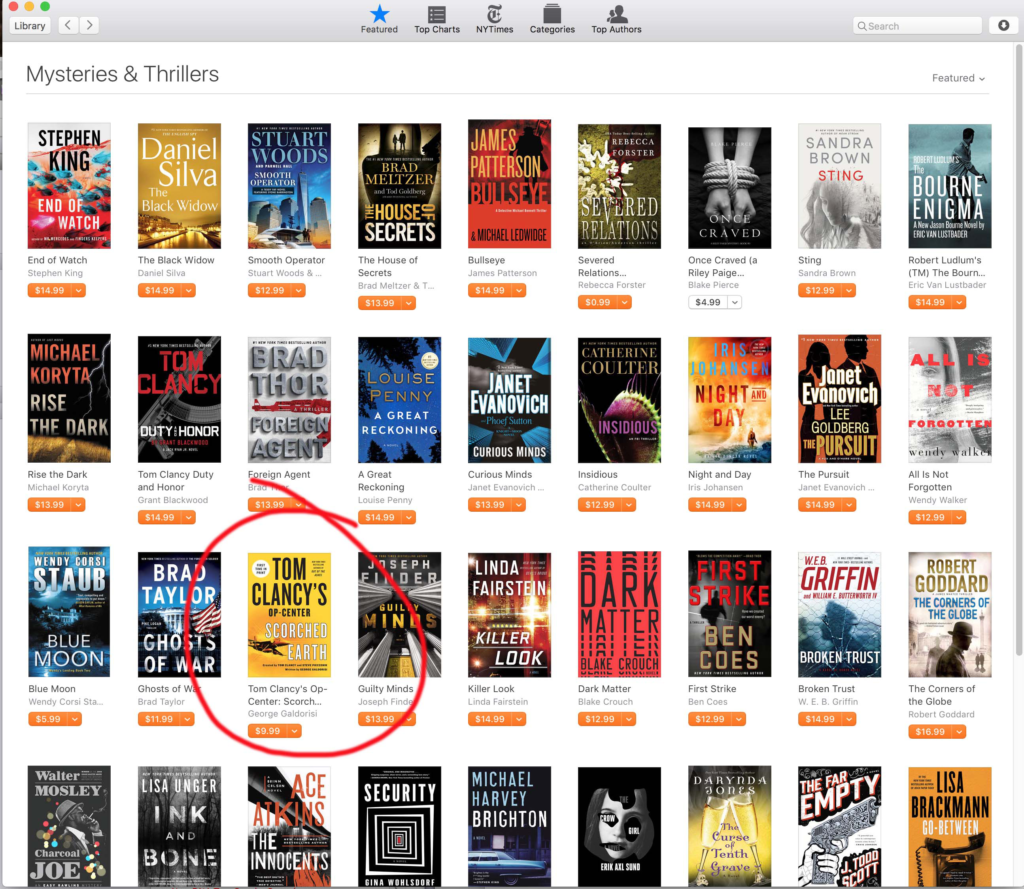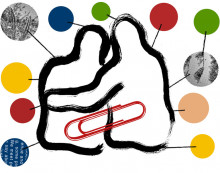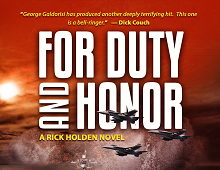With great reviews and strong advance sales, our next Op-Center book, Tom Clancy’s Op-Center: Scorched Earth is poised to live up to the expectations of our readers. The bar is high, since our first two books of the rebooted Clancy Op-Center series, Tom Clancy’s Op-Center: Out of the Ashes and Tom Clancy’s Op-Center: Into the Fire lived up to our expectations both were on the New York Times, USA Today, and Publisher’s Weekly best-seller lists. Here is just a taste of the forthcoming book ahead of its August 2 release date:
Few would argue against the statement that ISIS (or ISIL—the preferred term used by U.S. national security officials—the “L” standing for Levant,) presents a profound threat to the West. As President Obama said in widely-watched speech in September 2014, “Our objective is clear: We will degrade, and ultimately destroy, ISIL through a comprehensive and sustained counterterrorism strategy.”
Almost two years later, U.S. national security officials remain perplexed as to how to deal with ISIS. No one is talking today, in 2016, about defeating ISIS, only containing them. What is happening in the greater Mideast in areas where ISIS roams freely will not resolve itself in the next several years. For Western nations, and especially for the United States, today’s headlines are looming as tomorrow’s nightmare.
ISIS will remain a threat to the West—and especially to the United States—years into the future because America has not come to grips with how to deal with this threat. As Jessica Stern and J.M. Berger describe in their best-selling book, ISIS: The State of Terror, and as Michael Weiss and Hassan Hassan describe in their best-seller ISIS: Inside the Army of Terror, the very nature of ISIS makes attempts to deal with it by employing the conventional instruments of national power all-but futile. Here is how Michiko Kakutani framed the challenge ISIS presents in a Books of the Times review of these two books:
The Islamic State and its atrocities—beheadings, mass executions, the enslavement of women and children, and the destruction of cultural antiquities—are in the headlines every day now. The terror group not only continues to roll through the Middle East, expanding from Iraq and Syria into Libya and Yemen, but has also gained dangerous new affiliates in Egypt and Nigeria and continues to recruit foreign fighters through its sophisticated use of social media. Given the ascendance of the Islamic State (also known as ISIS or ISIL), it’s startling to recall that in January 2014, President Obama referred to it as a “J.V. team,” suggesting that it did not pose anywhere near the sort of threat that Al Qaeda did.
In Scorched Earth, life will imitate art for years to come. We’re certain the challenge ISIS presents today will remain fresh and relevant for years. Indeed, the issues driving what makes the greater Levant the center of enormous strife today guarantee it will remain this way in the near- to mid-future. Simply put, from our point of view, as well as that of political officials, military leaders, historians and many others, the Mideast will remain a petri dish spawning and regenerating cancers like ISIS for years to come.
It took President Obama only eight months to elevate ISIS from “a J.V. team,” to an organization that the United States was committed to, “degrade, and ultimately destroy.” And since the normal instruments of national power the United States can bring to bear cannot begin to degrade—let alone destroy—ISIS, this president, as well as future presidents, will have only one card to play. The president will need to call on the National Crisis Management Center, more commonly known as Op-Center, to protect American lives and freedoms.
Our future blog posts on Tom Clancy’s Op-Center: Scorched Earth will reveal more of what went into plotting this book.
Read more about our New York Times best-sellers, Tom Clancy’s Op-Center: Out of the Ashes and Tom Clancy’s Op-Center: Into the Fire (Now available in mass market paperback, digital and audio editions) here.




